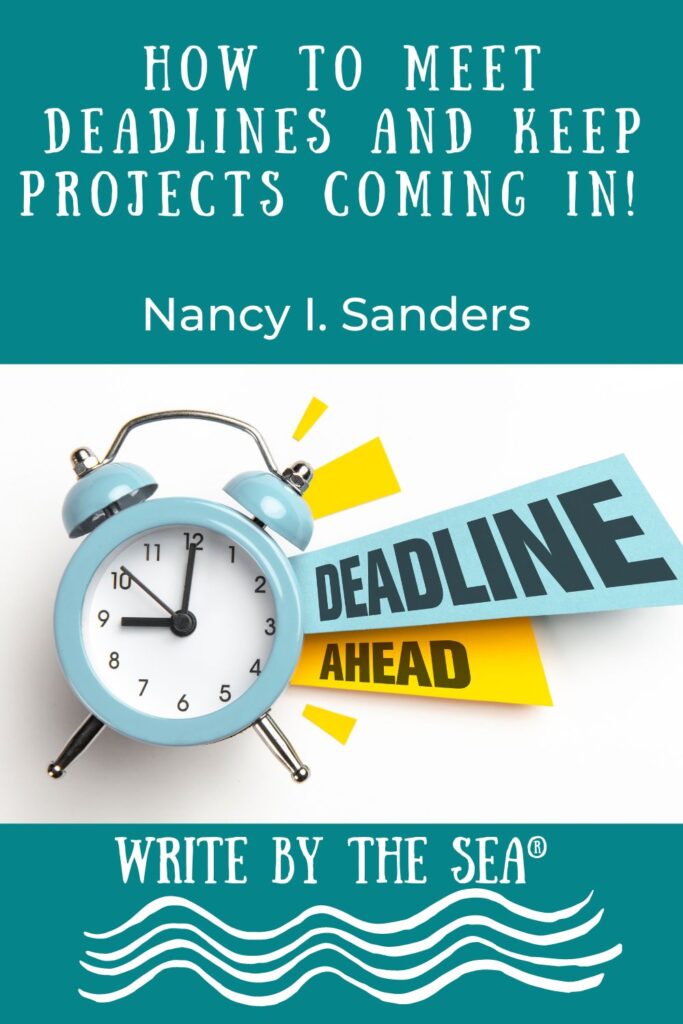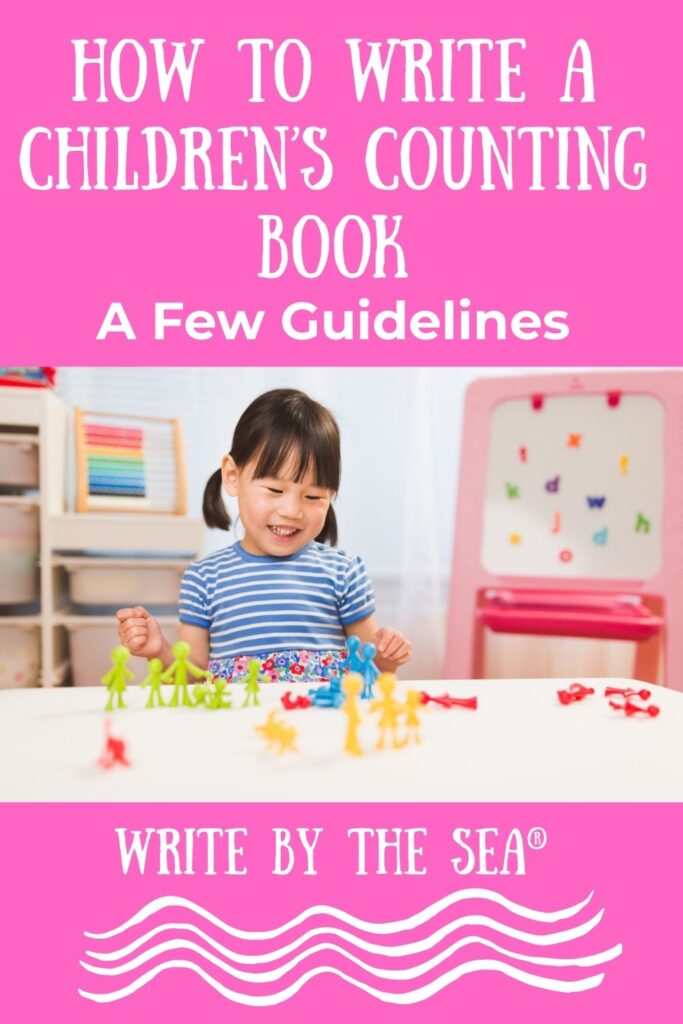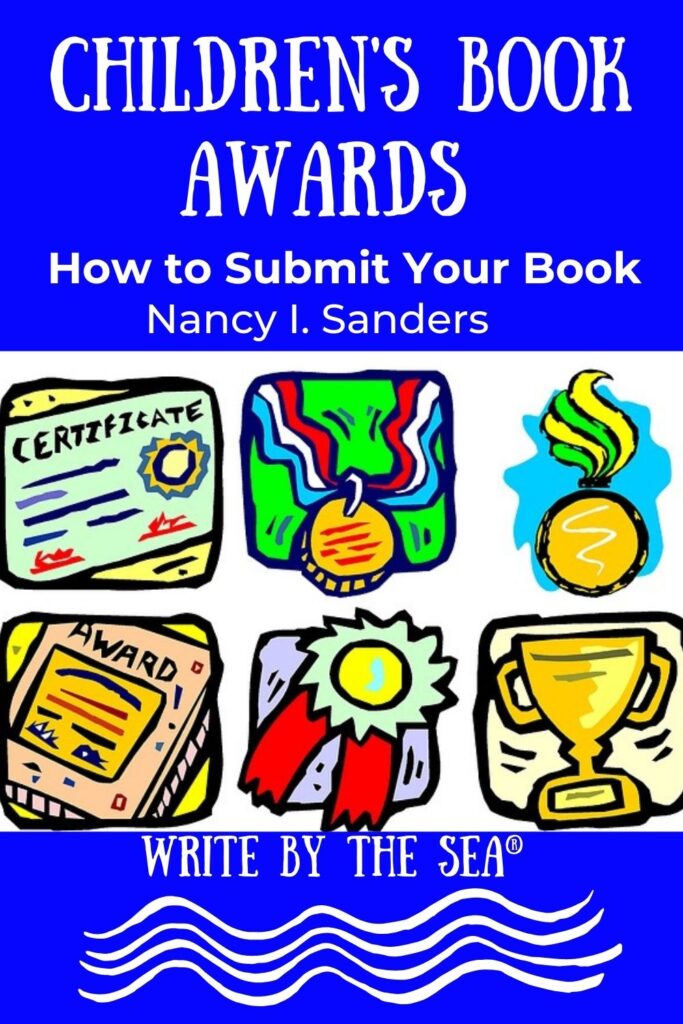by Melissa Abramovitz

Whether you write fiction or nonfiction, for children or adults, knowing how to deal with rejection is something that is useful for all writers.
Even for experienced writers.
Many people seem surprised when I tell them that I still receive many, many rejections after being a freelance writer and author for nearly 30 years and having hundreds of magazine articles and more than 40 books published.
Sometimes, I receive form rejections, but more often these days my rejections include a handwritten note from an editor stating that the publication has something similar on file or that my submission just isn’t quite right for them.
Do these rejections sting?
Yes, they do.
But I decided long ago that rather than feeling depressed over rejections, I would treat each as a learning opportunity, and that’s what I do every time I receive one.
Many writers make the mistake of taking rejections personally and concluding that they (and their manuscripts) are unworthy of publication.
Many also give up on trying to get published because they can’t handle the rejections.
But it’s impossible to get published unless you risk rejection (unless you self-publish).

So here are some tips for dealing with rejections.
Hopefully, these tips will help you persist so you can realize your goals as a writer.
• Remember that when an editor rejects your manuscript, he or she is not rejecting you. A rejection just means the editor made a business decision that your manuscript was not right for that publisher at that time.
• A form rejection doesn’t tell you a whole lot about the reason for the rejection, so if you receive a form rejection, carefully review your manuscript to figure out why it was rejected. Does it contain awkward sentences, grammatical errors, typos, and other things that you should have corrected before sending it out? Fix it, and don’t make that mistake again. Is your story boring? Re-write it, or if it’s too boring to be salvageable, write something else. Does your story conform to the guidelines of the publication to which you submitted? If not, be sure it conforms to the guidelines for the next publication on your list BEFORE you send it out.
• After your critical evaluation, if you still think the manuscript is ready for publication, send it out to the next publisher on your list.
• I call rejections that include a personal note from an editor “good rejections.” They tell me that the editor saw enough potential in my manuscript to explain her decision, or even to ask me to re-submit if I’m willing to revise. Sometimes these rejections even lead to future assignments. So rather than sulking about such a rejection, I develop an action plan to either revise (if requested) or to query the editor about another topic or to put that editor on my list of people to keep in mind for future submissions.
• Try to view any rejection as a wake-up call to keep honing and practicing your writing skills. Focusing on your writing and striving to improve it, rather than assuming you will never be published, is a much more productive way of reaching your goals.
• Resist any temptation to argue with an editor who rejects your work because you cannot believe this person didn’t appreciate its excellence. A rejection is final, unless the editor specifically asks for a revision and re-submission.
• Remember that the main difference between published and unpublished writers is that the published ones didn’t give up when their submissions were rejected. Rejection is part of the process of getting published, so learn how to deal with rejection.






